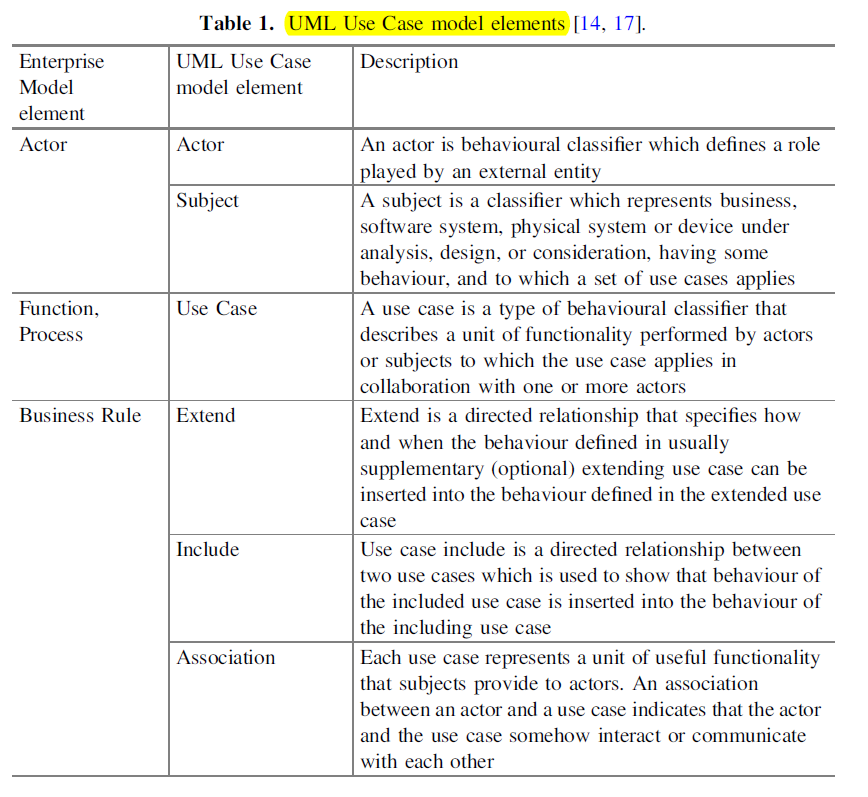Short
The diagram of use cases is designed for describing what the users of the system can do.
So when whiting use cases, you need to focus on the behavior of every user, including the interaction of them. Possibly it would be involved in some processes. However, it is not the point.
Use Case model elements
This photo refers to P41 from Business Information Systems Workshops

Actor

“Actor” means the actor of the case such as a student or a teacher. Moreover, “Actor” also can refer to some no-life object. For instance, a timer can help the system clean the history at regular time.
Use Case

“Use Case” means the activities of the “Actor”, it usually consists of a verb and a noun like a student read the book. “read the book” is a “Use Case”.
Extend

Include

The difference of Extend and Include
“Include” means the relation of containing. For example, administrating the people contains register a person, delete a person, update a person and so on.
“Extend” means that a function has different direction to implement. For example, you can download an English e-book through the form of pdf or word. Therefore, you can say that “download e-book” extend “pdf” or “word”.
Association
- Association

- Direct Association

The arrow of the “Direct Association” points the direction of the data. It has more specific association than “Association”.
References
[1]Doug Rosenberg,Matt Stephens. Use Case Driven Object Modeling with UML[M].Apress:2007-06-15.
[2]Virgilijus Sakalauskas,Dalia Kriksciuniene. Business Information Systems Workshops[M].Springer International Publishing:2019-01-07.
